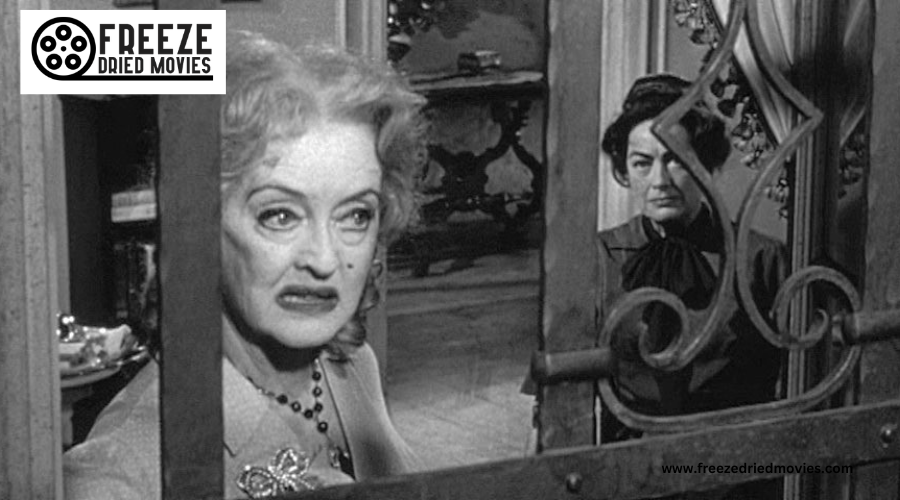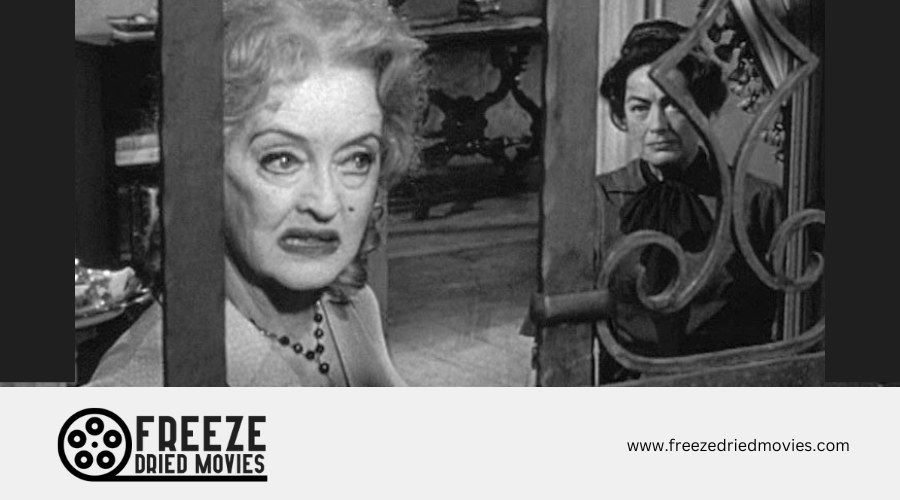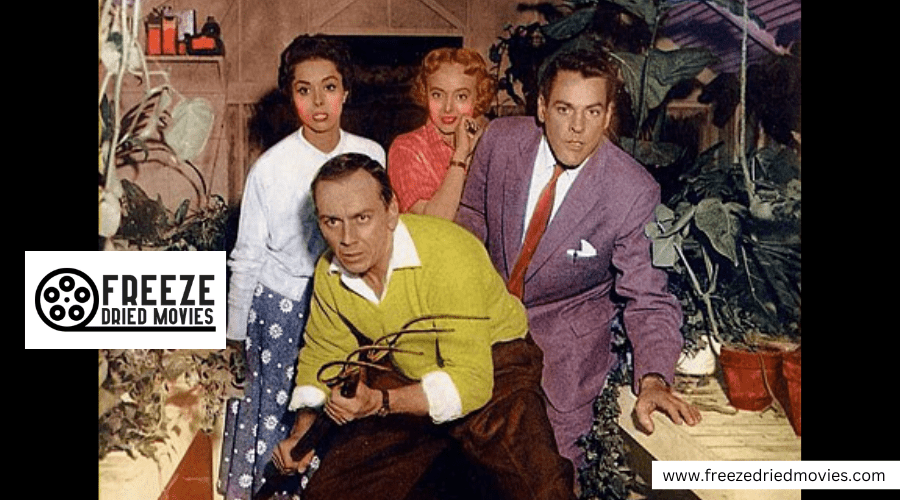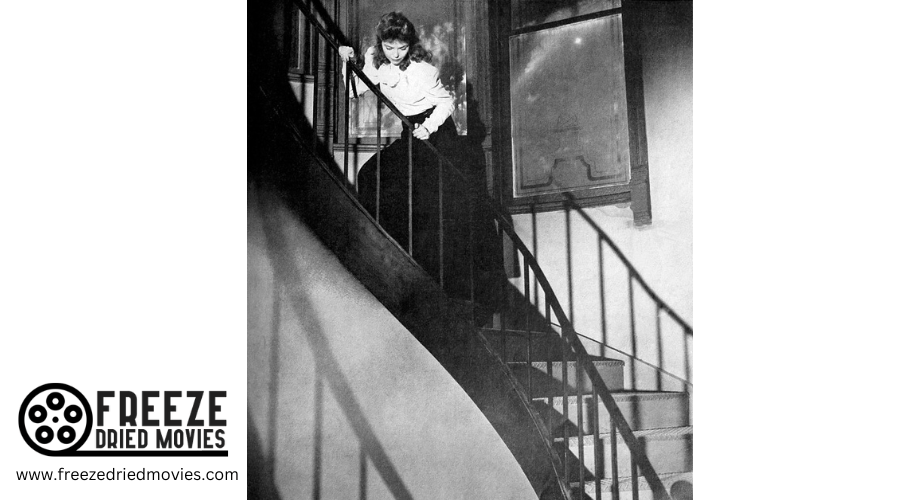What Are the Big 3 of Horror Movies?
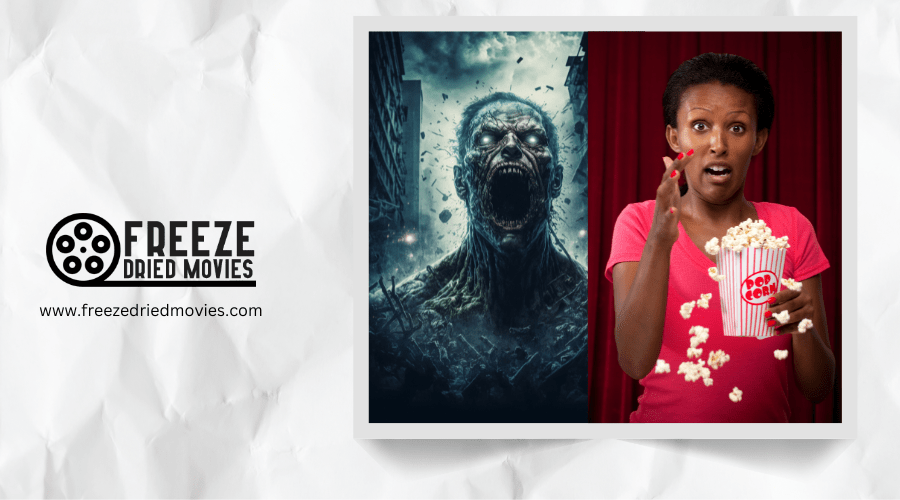
The "Big 3" of horror movies refers to A Nightmare on Elm Street, Halloween, and Friday the 13th. These groundbreaking slasher franchises introduced the iconic villains Freddy Krueger, Michael Myers, and Jason Voorhees who became cultural phenomena. Together, they shaped the modern horror genre through distinctive killing styles, unforgettable visual identities, and psychological depth. Despite varying critical reception, their collective 30+ films continue to influence how you experience fear on screen today.
Key Takeaways
- The Big 3 horror franchises are A Nightmare on Elm Street, Halloween, and Friday the 13th.
- These franchises introduced iconic villains: Freddy Krueger, Michael Myers, and Jason Voorhees.
- Collectively, the Big 3 defined and shaped the modern slasher film genre.
- The three franchises have spawned over 30 films combined and continue influencing horror filmmaking.
- Halloween has received the highest critical acclaim, with the original 1978 film scoring 90 on Metascore.
The Enduring Legacy of A Nightmare on Elm Street, Halloween, and Friday the 13th
When horror fans discuss the titans of terror, three franchises invariably dominate the conversation: A Nightmare on Elm Street, Halloween, and Friday the 13th. These series have collectively shaped the slasher film genre while introducing you to iconic villains that haunt our cultural consciousness.
Wes Craven's A Nightmare on Elm Street brought Freddy Krueger to life, with Heather Langenkamp's Nancy Thompson providing the perfect foil to his dream-invading terror.
Meanwhile, Michael Myers stalked through Halloween, becoming the silent embodiment of pure evil. Jason Voorhees emerged from Crystal Lake in Friday the 13th, though he didn't don his famous hockey mask until later entries.
With over 30 films between them, these franchises continue to terrify new generations. Though sequels vary in quality, the original films remain landmark achievements that defined horror cinema forever.
These modern slasher icons evolved from the Golden Age standards established in the 1930s horror films that first introduced audiences to the thrills of monsters and madmen on screen.
Iconic Horror Villains: Freddy, Michael, and Jason Defined a Genre
Every legendary horror franchise needs a memorable villain, and the "Big Three" slasher series created three of the most iconic monsters in film history.
You'll recognize Freddy Krueger from A Nightmare on Elm Street by his supernatural dream-invading powers and sinister humor that separate him from typical slashers. Meanwhile, Michael Myers brings Halloween's relentless, silent terror to life, with his emotionless mask and chilling theme music signaling imminent danger.
Completing the trio is Jason Voorhees, the hulking serial killer from Friday the 13th, whose hockey mask and brutal killing methods have become synonymous with slasher films.
The towering presence of Jason Voorhees transformed a simple hockey mask into horror's most terrifying symbol of relentless vengeance.
These three villains transcended their original movies to become cultural icons, establishing the template for what makes a truly unforgettable horror antagonist and influencing generations of filmmakers and frightened audiences alike.
These iconic characters evolved from the 1960s cinema revolution where the introduction of voyeuristic themes and killer POV shots transformed horror from supernatural tales to psychological nightmares.
Critical Reception and Cultural Impact of the Big 3 Horror Franchises
While these three villains established themselves as horror icons through their terrifying personas, their critical reception tells a more complex story about their place in film history. Halloween leads the pack with the highest average Metascore (59) and boasts the most acclaimed film of all three franchises - the original 1978 classic scoring an impressive 90. These modern horror franchises stand in stark contrast to the 1940s horror films that explored psychological themes and featured iconic actors like Boris Karloff and Bela Lugosi.
Freddy Krueger's journey shows the most inconsistent critical reception, with scores ranging from 16 to 76. Despite declining reviews as these franchises progressed through numerous sequels, Michael Myers, Freddy Krueger, and Jason Voorhees transcended criticism to become cultural phenomena that defined the horror genre for generations. You'll notice A Nightmare on Elm Street falls in the middle with an average of 37, while Friday the 13th trails with just 24.

